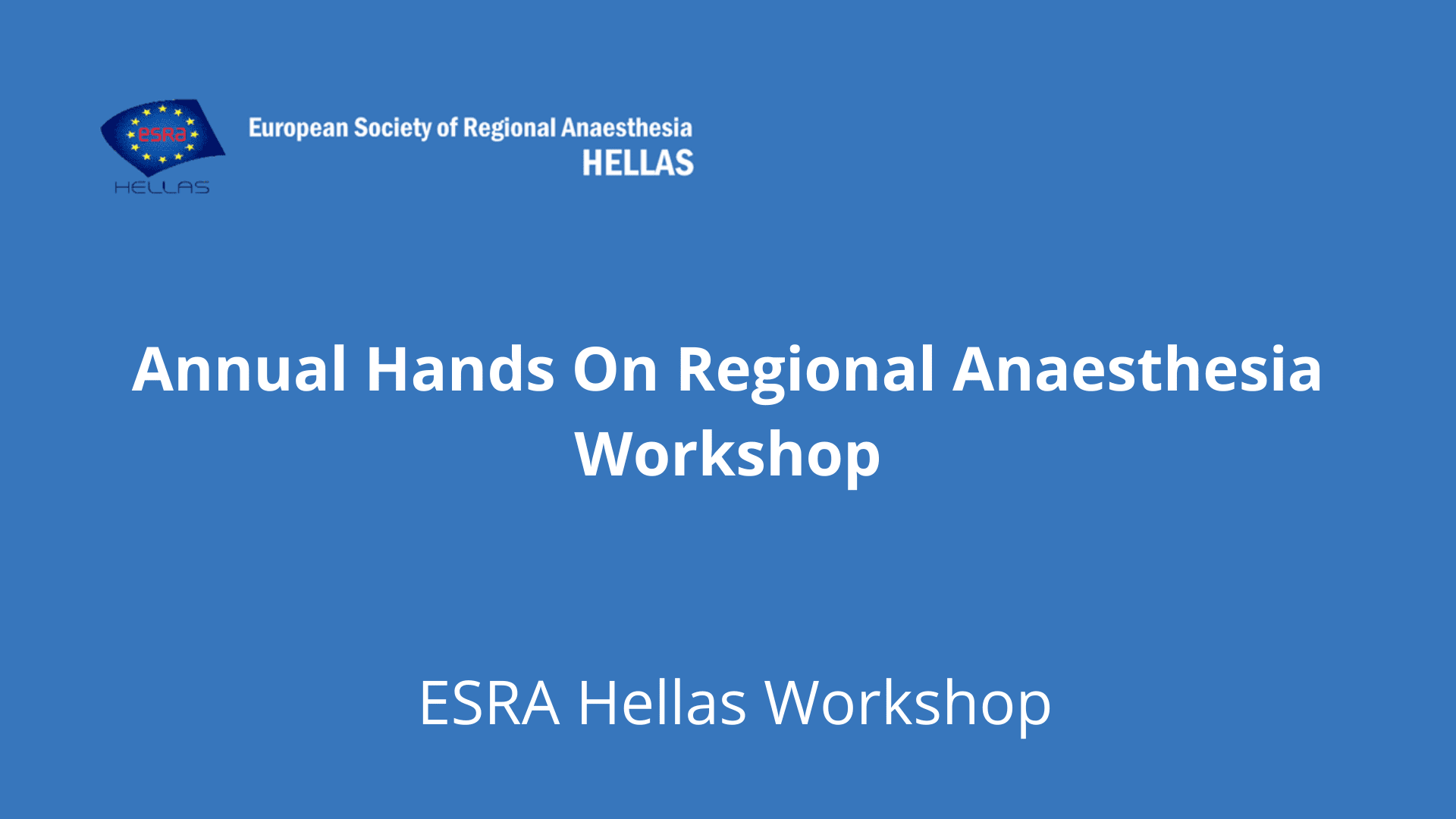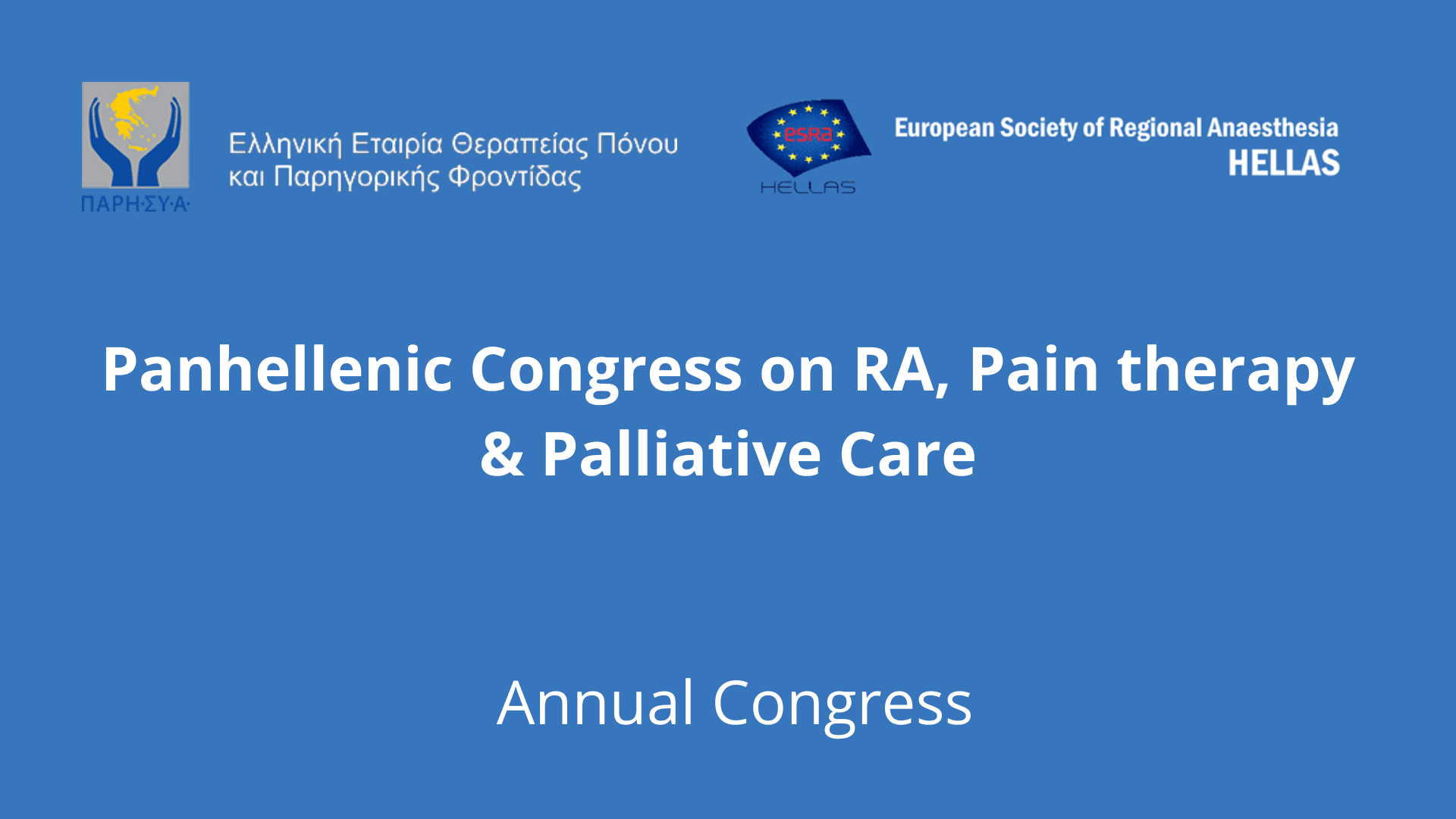Laparoscopic Cholecystectomy

Laparoscopic Cholecystectomy- PROSPECT
Procedure Specific Postoperative Pain Management
GUIDELINES – RECOMMENDATIONS
Procedure Specific Postoperative Pain Management
LAPAROSCOPIC CHOLECYSTECTOMY
SUMMARY RECOMMENDATIONS
Algorithm for the Management of Postoperative Pain following Laparoscopic Cholecystectomy: click here
Not Recommended for Laparoscopic Cholecystectomy: click here
Patient Advice: click here
Patient Assessment: click here
PROSPECT LAPAROSCOPIC CHOLECYSTECTOMY UPDATE 2006 SUBGROUP
For each review, a Subgroup of the PROSPECT Working Group performs an initial evaluation of the evidence and also drafts clinical practice statements and recommendations, which are then discussed by the whole Working Group before a final consensus is reached. The Subgroup may sometimes include a non-Working Group member, to provide additional expertise in the procedure being reviewed. For the laparoscopic cholecystectomy update 2006 review, the Subgroup members were
- Mr Rory McCloy
- Professor Edmund Neugebauer
- Professor Stephan Schug
GRADES OF RECOMMENDATIONS
Recommendations are graded according to the overall level of evidence (LoE) on which the recommendations are based, which is determined by the quality and source of evidence: (Levels of Εvidence and Grades of Recommendation in PROSPECT reviews from 2006).
PROSPECT provides clinicians with supporting arguments for and against the use of various interventions in postoperative pain based on published evidence and expert opinion. Clinicians must make judgements based upon the clinical circumstances and local regulations. At all times, local prescribing information for the drugs referred to must be consulted.
SUMMARY RECOMMENDATIONS
Pre-, intra- and postoperative interventions have been evaluated for the management of postoperative pain following laparoscopic cholecystectomy. Unless otherwise stated, ‘pre-operative’ refers to interventions applied before surgical incision, ‘intra-operative’ refers to interventions applied after incision and before wound closure, ‘postoperative’ refers to interventions applied at or after wound closure. The following perioperative interventions for laparoscopic cholecystectomy have been reviewed:
PREOPERATIVE RECOMMENDATIONS FOR LAPAROSCOPIC CHOLECYSTECTOMY
PREOPERATIVE RECOMMENDED
SYSTEMIC ANALGESIA
- Corticosteroids
Dexamethasone
Grade B: analgesic effects
Grade A: anti-emetic effects - COX-2 Selective Inhibitors
(Grade B) - Gabapentinoids
Gabapentin (Grade B)
REGIONAL ANALGESIA
- LA Wound Infiltration
long – acting LA wound infiltration (Grade A)
for reducing wound pain but not shoulder pain - Epidural Analgesia
in high – risk pulmonary patients (Grade D)
NOT RECOMMENDED
SYSTEMIC ANALGESIA
- Alpha-2 Adrenergic Receptor Agonists
Clonidine (Grade D) - Conventional NSAIDs
(Grade B) - IV ΤΑ
(Grade D) - NMDA antagonist
Dextromethorphan (Grade D)
Ketamine (Grade D)
Magnesium (Grade B) - Strong Opioids
strong opioids (Grade B) - Weak opioids
Tramadol (Grade B) - Paracetamol(Grade B)
REGIONAL ANALGESIA
- Paravertebral Block
(Grade D) - Spinal LA + Strong Opioid
(Grade D) - Epidural Analgesia
except in high-risk pulmonary patients (Grade D)
OTHER INTERVENTIONS
- Oral Carbohydrate
(Grade D)
INTRAOPERATIVE RECOMMENDATIONS FOR LAPAROSCOPIC CHOLECYSTECTOMY
INTRAOPERATIVE RECOMMENDED
SYSTEMIC ANALGESIA
- Conventional NSAIDs
at end of surgery(Grade D) - COX-2 Selective Inhibitors
(Grade D) - Short Acting Strong Opioids
as part of anaesthetic technique (Grade D)
REGIONAL ANALGESIA
- LA Wound Infiltration
long-acting LA wound infiltration (Grade A)
for reducing wound pain
but not shoulder pain - IP LA
IP LA (Grade A)
for reducing wound pain
but not shoulder pain - Combined LA Wound Infiltration / IP LA
(Grade A)
dose needs toxicity monitoring (Grade D)
ANAESTHETIC TECHNIQUES
- General Anaesthesia (GA)
- Combined Epidural / GA
for high-risk pulmonary patients
(Grade D)
OPERATIVE TECHNIQUES
- Low – Pressure CO2
(Grade A) - Saline Lavage, followed by Suctio
(Grade A)
NOT RECOMMENDED
SYSTEMIC ANALGESIA
- NMDA Antagonist
Dextromethorphan (Grade D)
Ketamine infusion (Grade D)
Magnesium infusion (Grade B) - Strong Opioids
longer – acting strong opioids (Grade B)
REGIONAL ANALGESIA
- Epinephrine as part of LA solution
(Grade B) - Intraperitoneal Strong Opioid
(Grade D) - Interpleural LA
(Grade B) - Interpleural Strong Opioid
(Grade B)
ANAESTHETIC TECHNIQUES
- Combined Epidural / GA
for routine anaesthesia
(Grade D)
OPERATIVE TECHNIQUES
- Gasless Laparoscopic Cholecystectomy
(Grade A) - Humidified and Warmed CO2
Pneumoperitoneum
(Grade D and A, respectively) - N2O Pneumoperitoneum
(Grade D) - Helium pneumoperitoneum(Grade B)
- Smaller Total Size of Trocar Incision
(Grade D) - Radially Expanding Trocars
(Grade D) - Subhepatic Drain
(Grade D) - Aspiration of Pneumoperitoneum Gas
(Grade D)
POSTOPERATIVE RECOMMENDATIONS FOR LAPAROSCOPIC CHOLECYSTECTOMY
POSTOPERATIVE RECOMMENDED
Systemic Analgesia
- Conventional NSAIDs
(Grade A) - COX-2 Selective Inhibitors
(Grade A) - Strong Opioids
for high – intensity pain
in addition to other agents (Grade D) - Weak Opioids
for rescue analgesia
with medium – to – low – intensity pain
in addition to other agents
(Grade D) - Paracetamol
(Grade A)
Epidural Analgesia
- Epidural Analgesia
for high – risk pulmonary patients (Grade D)
Patient Management
- Early Discharge
(Grade D)
NOT RECOMMENDED
Systemic Analgesia
- NMDA Antagonist
ketamine (Grade D)
magnesium (Grade B) - Strong Opioids
for routine analgesia (Grade B) - Weak Opioids
for routine analgesia (Grade B)
Regional Analgesia
- PCA IP ΤΑ
(Grade D)
Epidural Analgesia
- Epidural Strong Opioid + LA
for routine analgesia (Grade D)






